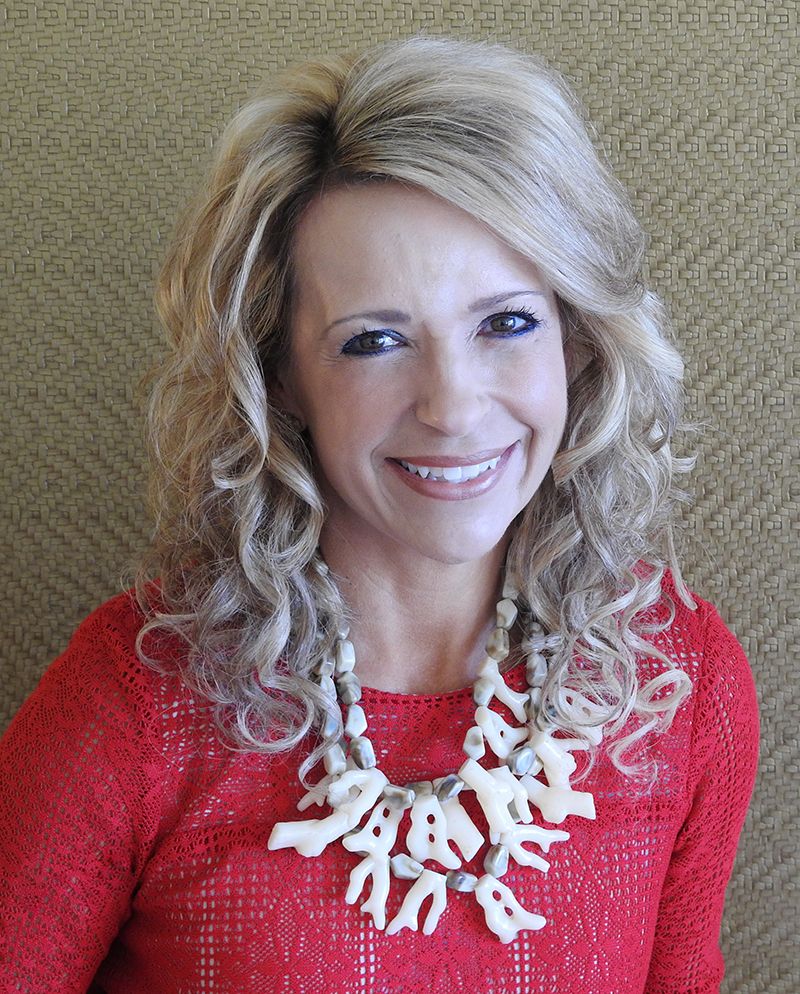The first few months of the year is a classic time for sales professionals to diligently focus on identifying and fulfilling their most important personal and professional goals. We’ve noticed, though, that the goal setting behavior of an organization’s leaders during that time tends to have the biggest bottom-line impact on the year as a whole.
With that in mind, here are four essential goal setting habits of effective leaders. This is a great month to start making these your habits!
Habit #1: Focus on your top three strategic priorities. Every goal you identify for the organization—or for a specific team—should connect to one, two or all three of your “big three” initiatives for the year. An example of a “big three initiative” would be a situation where high customer turnover is a major issue and you’re not getting as much repeat business as you should from your current clients, perhaps because they’re experiencing quality or service problems. In that scenario, fixing your quality or service issue is probably going to be one of your top three strategic priorities. If a goal doesn’t support one of the “big three” priorities, don’t devote your time and resources to it.
Habit #2: Don’t focus exclusively on long-term goals. Goals that focus on critical year-end performance metrics are fine, but they shouldn’t be the only ones you and your team should stress. If you can attain several smaller, short-term goals that support one or more of your top three strategic priorities, that’s preferable to focusing on a single long-term goal that you aren’t likely to complete until the end of the year. Short-term goals that are focused on specific work groups allow you to build momentum as the year progresses. (Another great thing about short-term goals: every time your people attain one of them, you have a reason to celebrate!)
Habit #3: Make it clear to everyone exactly what success looks like. What are the steps – or roadmap – for making your goal happen? Make sure they are quantifiable – and be certain you and your people have a clear plan. Detail every stop along the journey toward the fulfilment of the goal you’ve chosen. Make sure people know what, when and with whom they will be executing those steps and what the outcome of each is going to be. Provide them with a playbook and ensure everyone is clear on his or her specific duties and deliverable(s).
Habit #4: Connect the dots. Don’t focus simply on company goals. Figure out how the attainment of those goals impacts the various members of your team. Identify the personal “wins” for each key player. For instance: In attaining a personal sales goal, it’s likely that each individual sales performer on your team has the potential to earn a bonus or commission. But don’t just figure out the dollar amounts that connect to the sales goal … identify what the person plans to do with the money, assuming he or she secures it. What’s most important to this person on a personal level? Is it a trip to Europe? Paying off student loans? Once you connect the dots between the organization’s goal and the individual’s personal goal, virtually anything is possible.
Consider putting these four leadership habits into practice this month and executing them throughout the year! ♦
Jim Marshall is owner and president of Sandler Training of Tampa Bay, which provides sales, corporate and management training to high-achieving companies and individuals.







